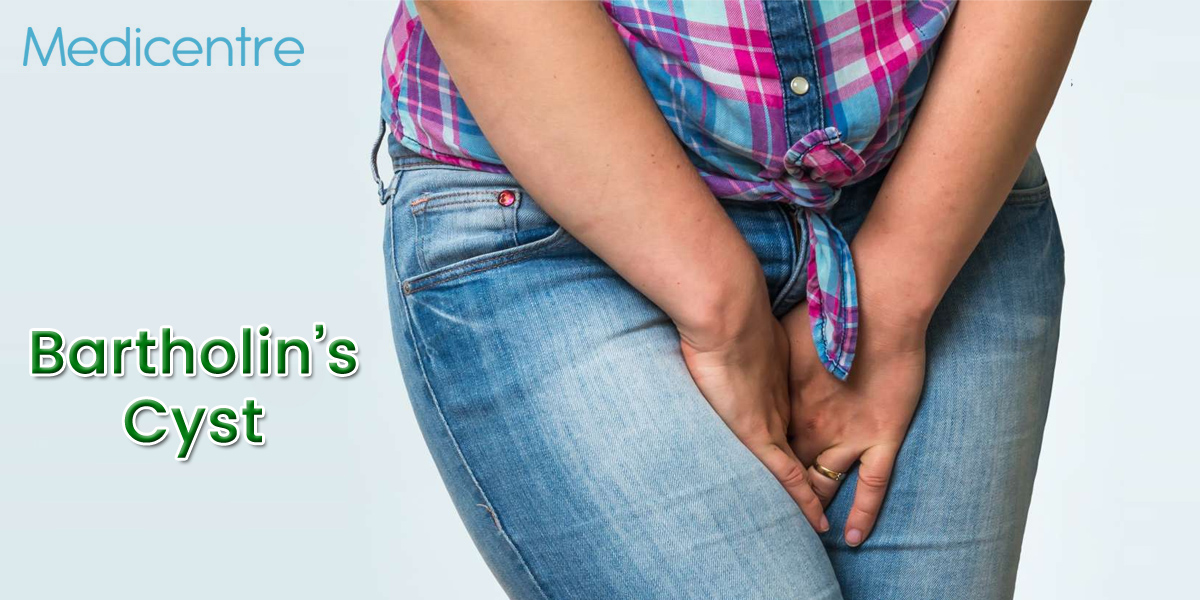Bartholin’s Cyst
Bartholin’s Cyst is the condition where the Bartholin’s Cyst glands located on both side walls of vaginal opening swells up. Bartholin’s Cyst glands on the walls of vaginal walls secret fluids which help in lubricating the vagina and when these glands are obstructed the fluid is restricted and it moves back to the gland. This leads to painless swelling which is medically termed as Bartholin’s Cyst. In some rare cases, the fluid inside the cyst tends to get infected and this causes pus formation around the infected tissues.
The treatment of Bartholin’s Cyst actually depends on the pain, size of the cyst and whether it is infected or not. Home remedies are also required along with medical intervention. In some cases, doctors may also prescribe surgical drainage of the cyst. Antibiotics are prescribed when the infection is accompanied to treat the co
ndition efficiently.
What are the Symptoms of Bartholin’s Cyst?
You will find harder to see any signs until the Bartholin’s Cyst are smaller in size. As it progresses and become bigger, you may feel the presence of mass or lump around your vaginal opening. Bartholin’s Cyst causes no pain but it seems to be tender. When the Bartholin’s Cyst is infected, it may cause full blown infection in very less time and you may experience the following symptoms.
- Pain during intercourse
- Uncomfortable while sitting, walking and standing
- Painful or tender lump around your vaginal opening
- Fever in some cases
What are the Causes of Bartholin’s Cyst?
According to the gynaecologists, Bartholin’s Cyst is caused when the fluid is backed up without secreting for lubrication of vagina. This leads to accumulation of fluid when the opening of the glands are obstructed or hindered. It also causes the growth of flap of skin or infection.
Since the abscess is formed, the likeliness of infection increases. There are a variety of bacteria which causes the infection and the common is the E. Coil and also the bacteria which are responsible for causing STD.
Complications of Bartholin’s Cyst
In most of the women, Bartholin’s Cyst tends to reoccur and persist and in such condition you are required to seek medical attention regularly to treat the condition whenever it occurs.
Diagnosis of Bartholin’s Cyst
- To test and diagnose the Bartholin’s Cyst, the doctors may ask you few simple questions about your medical history and health. Doctors may also recommend you to undergo a pelvic test.
- Doctors may also collect samples of the secretions from the vagina and cervix so as to test them further for confirmation of sexually transmitted infection
- Test like mass biopsy is also performed to check for the presence of cancerous cells, it is done especially in women who are in their postmenopausal period or above the age of 40 years.
Treatment for Bartholin’s Cyst!
As mentioned, Bartholin’s Cyst demands for no treatment when the cyst causes no symptoms or any signs. However, when it enrages the treatment options for the condition is decided based on the size of the cyst, the discomfort levels and whether it is infected or not which may lead to abscess. Some of the common treatment options for Bartholin’s Cyst include:
- Sitz baths where you are required to soak in tuv filled with few inches of warm water and repeat it for several times in a day
- Surgical drainage is also prescribed when it is infected and large in size
- Antibiotics are also prescribed by the doctors when the cyst is infected or the testing reveals that you are having sexually transmitted infection.
- Marsupialisation is the procedure which is performed when the cyst is recurring or bothering you. In the procedure, the doctor would place stitches on each side of drainage incision so as to create permanent opening and it is not more than 6mm long. They insert a catheter which facilitates draining of the fluids for few days after the process and this prevents recurrence.